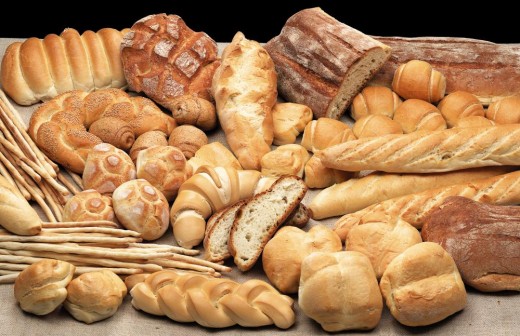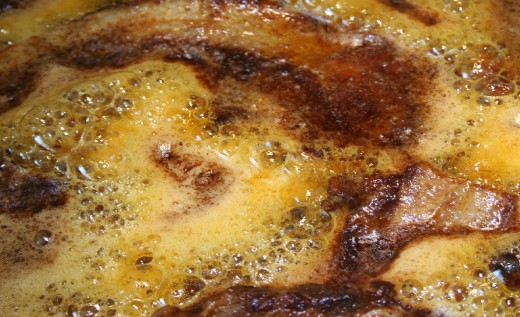Health Significance And Biological Functions Of Food: Carbohydrates And Fats
Carbohydrates

A General Overview
Living organisms cannot create energy but can only transform it. The food we eat provides calories for energy needs, proteins to build and maintain the body tissues, and vitamins and minerals to regulate the biochemical processes essential to maintain health and offer resistance against diseases.
Carbohydrate, fats, and proteins together are called the proximate principles. These substances share the common property of chemical degradation with the release of utilization of energy. Under normal dietary conditions, however, the contribution of proteins to energy supply is minor. The unit of energy used at present in nutrition is the joule, though till recently, the unit was kilocalorie (Kcal).
1 Kcal = 4.184 KJ.
Energy value of the proximate principles: The values of energy yielded by carbohydrates, proteins and fats are 4.0, 4.0 and 9.0 Kcals respectively.
Carbohydrates
Carbohydrates are the main source of energy. They are not indispensible if other sources of energy are available, but in most parts of the globe, carbohydrates are the most easily available and cheapest food sources. Carbohydrates account for 45% of total energy in the western diets and over 80% in the diet of many communities in India, especially. In the African countries (especially in west Africa), most of the carbohydrates are in the form of unprocessed starches, along with dietary fiber, whereas in the west, the starches are progressively replaced by sugars.
Animal Fats

Fats
Dietary fats are composed of triglycerides, phospholipids and sterols. Triglycerides which supply energy are made up of fatty acids and glycerol. Most of the fatty acids occurring in nature are even carbon atom fatty acids. Fatty acids are classified as saturated and unsaturated according to the presence and number of double bonds. Saturated fatty acids have no double bonds, eg, myristic acid (14 C), palmitic acid (16 C) and stearic acid (18 C). Unsaturated fatty acids may contain one or more double bonds. Oleic acid contains one double bond. Poly- unsaturated fatty acids contain two or more double bonds. Of these, linoleic acid ( 10 C-2), linolenic acid (18 C- 3) and arachidonic acid (20 C- 4) are named essential fatty acids, since they have to be supplied at least in small quantities in the diet. The essential fatty acids are the precursors of the prostaglandins and they are required for formation of cell membranes and phsopholipids. Vanaspathies and margatines are prepared by hydrogenating oils with high content of polyunsaturated fally acids. In this process they are converted into saturated fatty acids.
Consumption of fats has increased in affluent countries, since fats increase the taste and acceptability of food. Fats, as such, are not vitally required in the diet, but they provide the fat soluble vitamins and essential fatty acids.
Consumption of excess of saturated fats (above 30% of total calories as fat) tends to elevate serum cholesterol level and accelerate atherosclerosis. Ideally, at least 30% of the fats should be poly unsaturated. Vegetable oils with the exception of coconut oil and palm oul provide adequate amounts of poly-unsaturated fatty acids. Animal fats except fish liver oils are generally saturated, with very little of poly unsaturated fatty acids, but fish liver oils contain good amounts of poly unsaturated fatty acids.
© 2014 Funom Theophilus Makama









